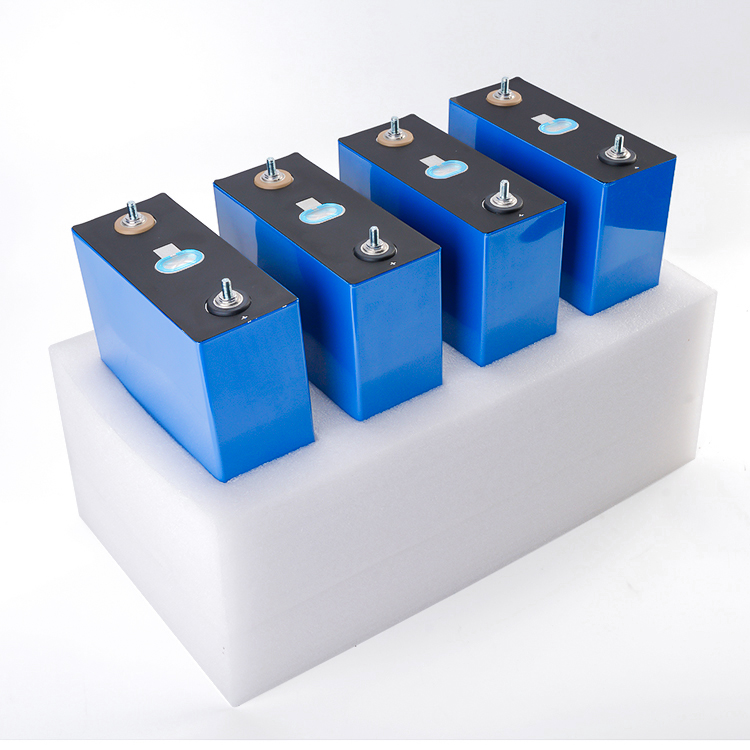

1. Humidity control ≤1%RH Purpose: To prevent water absorption during the winding process of positive and negative electrode sheets, resulting in zero voltage, self-discharge, and poor cycle performance; Method: Calculate the dew point value and temperature value to obtain the temperature and humidity value; 2. Dust control ≤ 100,000pc/ft3 (detection particle size is 0.5um
1. Humidity control ≤1%RH Purpose: To prevent water absorption during the winding process of positive and negative electrode sheets, resulting in zero voltage, self-discharge, and poor cycle performance;
Method: Calculate the dew point value and temperature value to obtain the temperature and humidity value;
2. Dust control ≤100,000pc/ft3 (detected particle size is 0.5um)
Purpose: To prevent dust from being involved in the pole assembly during winding, causing battery core short circuit, overheating, fire, self-discharge and other defects;
Method: Use dust tester;
3. Abnormal cutting burrs
Process requirements: pole piece ≤ 8um; pole lug burrs ≤ 12um; detection method: randomly select 1 PCS battery cell for dissection during the first inspection of each machine in each shift, and detect the front and rear ends of the positive and negative pole pieces and the positive and negative electrodes according to the "Burr Detection Work Instructions" Ear cutting burrs.
Adverse effects: The burrs on the pole pieces or tabs exceeding the process requirements may cause the burrs to pierce the diaphragm, short-circuit the positive and negative poles, cause the battery core to overheat, and may explode in severe cases, posing serious safety hazards.
18650 lithium ion battery winding steps
4. Poor coverage of positive and negative electrodes
Process requirements: The alignment of positive and negative electrode plates is 0.75?.55mm
The alignment between the negative electrode sheet and the separator is 1?.5mm
Detection method: Randomly inspect 3 PCS cells continuously after changing the roll. Check the alignment according to the "X-RAY Operation Instructions". Adverse effects: 1) The alignment of the positive and negative electrode sheets exceeds the process specifications, which may cause the negative electrode sheet not to wrap the positive electrode sheet. During the charging process, the lithium ions released from the positive electrode cannot find the corresponding graphite to embed, causing free lithium ions in the battery core to accumulate on the negative electrode and form dendrites. The dendrites pierce the separator, causing an internal short circuit and posing a safety hazard.
2) If the alignment between the negative electrode sheet and the separator exceeds the process standard, the negative electrode sheet may be squeezed and deformed, and the negative electrode material on the electrode sheet may partially fall off. During the charging process, the battery core will expand, and the powder will pierce the separator, causing an internal short circuit of the positive and negative electrodes, causing safety hazards. hidden danger;
5. Poor pole piece coverage in the winding direction (the length of the outer layer of negative electrode and super positive electrode material, the length of the inner layer of negative electrode and super positive electrode material) detection method: every 2 hours, each winding machine randomly inspects the dissection of 3 PCS cells, and uses an eyepiece and a ruler to measure the two Different coverage sizes.
Adverse effects: It may cause the negative electrode sheet not to wrap the positive electrode sheet. During the charging process of the battery cell, the lithium ions released from the positive electrode cannot find the corresponding graphite to embed, causing free lithium ions in the battery core to accumulate on the negative electrode and form dendrites. Dendrites pierce the diaphragm and cause an internal short circuit, posing a safety hazard.

Popular recommendation
AG6 battery!Detailed circuit explanation: Circuit for online trickle charging using solar cells
2023-10-08AA Carbon battery!Tesla avoids dependence on suppliers and develops batteries independently
2023-10-08LR754 battery.Battery overcharge and over-discharge protection circuit
2023-10-1418650 li ion battery.What is the production process of ternary cathode materials for lithium-ion bat
2023-10-0836v 7.5ah lithium ion battery pack.Analysis of the weaknesses of 18650 lithium battery technology
2023-10-08502030 lipo battery.Charging method based on high-voltage lithium-ion battery pack
2023-10-08603450 polymer battery.New progress in alkaline zinc-iron flow battery research
2023-10-0918650 battery 3500mah.Do you know the basic impact of fast charging on lithium-ion batteries?
2023-10-08CR2025 battery.Lithium-ion battery manufacturers briefly discuss the differences between fast chargi
2023-10-08Nickel Hydride No. 5.Policies guide the development of high-energy-density battery technology and ne
2023-10-081.5v Carbon battery!Nokia's new technology may double phone battery life
2023-10-08CR1620 battery.Sharp develops world's highest 37.7% solar cell
2023-10-08